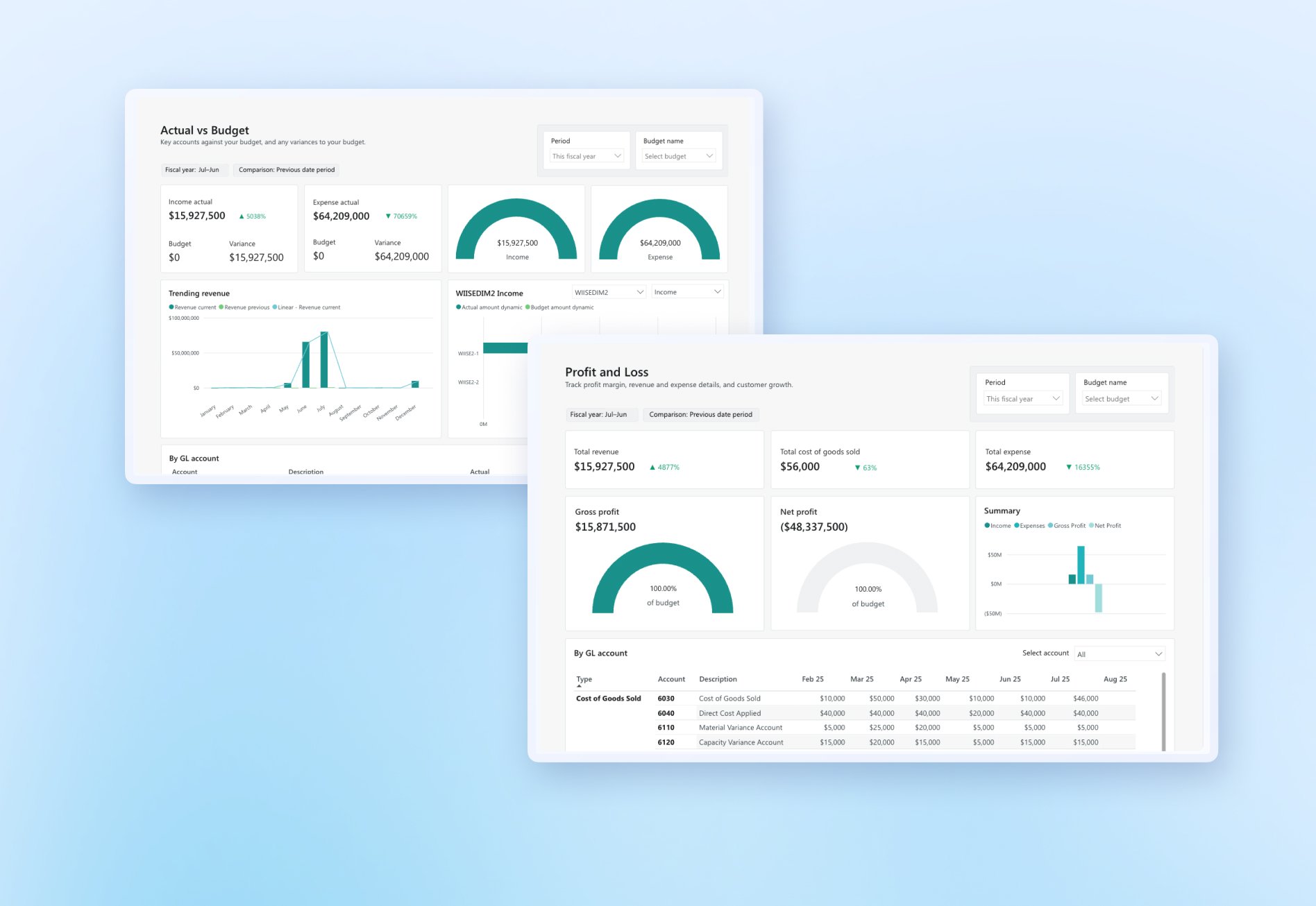The global enterprise resource planning (ERP) market continues to grow, thanks to countless businesses looking to reduce their operating costs, improve their back-office processes and gain real-time visibility into their data.
Having been in the ERP software space since 2009, helping over 400 businesses of all sizes move to different cloud ERP solutions, I've witnessed what a good implementation looks like, and what makes a bad one. And if there's one thing I've learned, it's that ERP software doesn't make mistakes. People do.
Whether you've outgrown your existing accounting solution or are a small to medium business looking to move to the cloud, an ERP solution is one of the most important business enablers you can invest in. But there are many factors that can make an implementation a success or failure. So here are the top 5 ways to ensure your ERP implementation is a success, on time and on budget.
Some caveats before you get started
- ERP takes more know-how to implement than simple off-the-shelf accounting software. It's not usually something you can configure without the right training or skillset.
- ERP projects sometimes take longer than planned. We'll look into why below.
- ERP projects can sometimes go over budget, often when the client requests additional modifications during implementation.
1 - Get commitment
Investing in ERP software, such as Wiise, needs top-down support and leader sponsorship. Successful implementations rely on both commitment from the leadership team and employee participation.
If project staff don't deliver on time, don't turn up to project meetings, or delay important action items; and if your priorities as a leader change; these are often signs of competing commitments or lack of buy-in. They can jeopardise the implementation and delay the project.
So get the right stakeholders in the room, and ensure you have commitment, appropriate sponsorship and sign-off in place from the start.
2 - Write a list of your needs down
At the start of your evaluation, document your requirements for a new software system (bullet points will do). Then break it down by 'must-have' and 'nice to have'. Start with this question - If you had a magic wand, what are the top three things you wish your current accounting system could do for you but can't? And grow the list from there.
Once you're done, send your requirements to your implementation partner. An experienced partner can then help you expand the list or split it by business department and / or potential project phases. For example, if you're a wholesaler, Phase 1 might include an accounting module plus inventory and warehousing configured in month one; with Phase 2 being the configuration of payroll in month two.
3 - Look at your implementation options
There are two main ways to implement ERP software:
Option 1: If you're price-conscious, you might prefer a fixed-scope option to make the implementation fast and affordable. We call this a 'flexi' setup at Wiise — a framework we teach all our qualified implementation partners.
For example, if you only need an out-of-the-box accounting module, your partner might propose Wiise's fixed-scope implementation framework with specific details of what they’ll configure to get you up and running fast. And a 10 day total billable effort with a consulting rate of $1,750 p/day (depending on their rate).
The advantage with this out-of-the-box configuration is that it's a quick and an affordable approach to implementing ERP software. But it doesn't include modifications. Your partner may quote you for extra billable services, such as additional staff training or data migration assistance.
Option 2: The second option is a traditional enterprise methodology. You pay an implementation partner to analyse your existing system, business processes and requirements across all departments, by interviewing key stakeholders and superusers.
The partner will then propose a solution design and implementation strategy to meet your needs. And provide a cost estimate for the entire project. This approach may require more financial investment, but the outcome will be personalised to your business needs.
Depending on your budget, work through your implementation options with your partner. And weigh the pros and cons of each. Finally, think about how you plan to finance the implementation and speak with your partner about their payment terms.
4 - Mitigate risk
Think about the time, money and resources needed for the implementation. Set realistic goals and create a mitigation plan to manage potential risks. Nominate an SME from your organisation to the project — they’ll help keep all the pieces moving internally. But if that person suddenly becomes unavailable, make sure you have someone who can take over and work hand in hand with the implementation partner.
As a rule of thumb, I'd recommend a 20% buffer in your budget if possible. ERP implementations are like building a house — we don't know what we don't know. So it's always a good idea to set some money aside for those unknown challenges that only crop up once the building commences.
Make sure you completely understand the full cost of your implementation so there are no surprises. Like buying a house, make sure there's an agreement that both you and the partner are happy to sign as a binding legal document. If there's any dispute, you can refer to this document.
5 – Communicate clearly and often
Healthy communication is paramount to a successful implementation. Set up ongoing reviews during the implementation to check in on budget and timelines. You can decide the review frequency with your team and implementation partner.
People are more likely to stay committed if they're regularly informed, encouraged and supported. And if they understand what's in it for them. Ensure you and your team understand the importance of the project. And don't assume that others are doing their bit in the project, or that everything is on track. This can be a recipe for disaster. If you want to know, ask.
Software implementations are often straightforward, but they can be challenging. It's not uncommon for customers and implementers to not see eye to eye, leading to blame when things don't go as expected. The key to success in these situations is to communicate often and well. Assume positive intent and ensure everyone is working towards a common goal. Everyone has their part to play to get there.
Good communication doesn't stop once you go live. Some of the questions you can ask post-implementation include: 'Is the solution working as implemented?', ‘Is it achieving our intended outcomes?' and 'Do we need further training to learn the system?'.
Prepare for implementation success
These 5 points are your starting guide to getting the best outcome with your software implementation. Investing in cloud ERP is one of the most important decisions you can make in your business, especially now, so hopefully you now have the right insight to get started.




